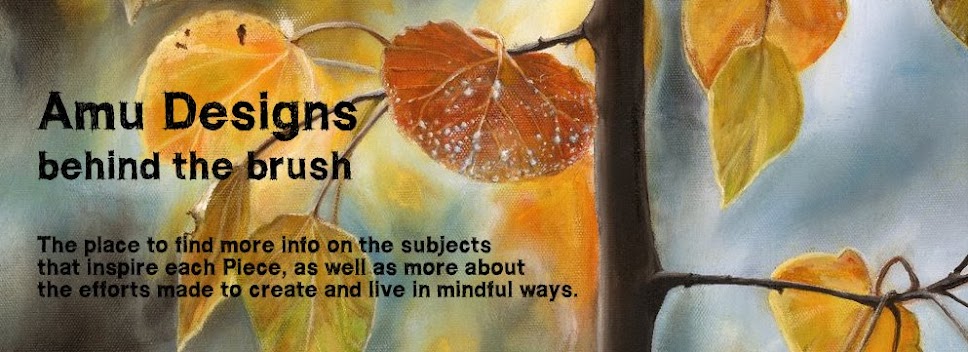With all the bits of green sprouting up at an alarming rate, I've been inspired to read my gardening books... I figure if spring isn't happening outside... I'll do my best to make it happen inside.
I came across a great idea, and thought I'd share... edible center pieces! Delicious!
The part that really got my attention was that there is a savory and a sweet version.
Great for lunches or dinners, your meals will be fresh, fun and interactive... include a small pair of scissors with each place setting, so guests can snip and sample...
The Savory Bowl
Globe Basil, Chives, Marjoram, Oregano, Rosemary, Sage and Thyme.
The Sweet Bowl
Mint, Stevia, Vanilla Grass, and Violas.
Just plant your seedlings (with room) in a terri-cotta bowl, and watch them grow!
Between meals you can enjoy them on your sunny patio or deck, and water them when the soil feels dry. The part that I like best, is that the trimming you do at meal time, actually encourages them to grow even bushier!






















